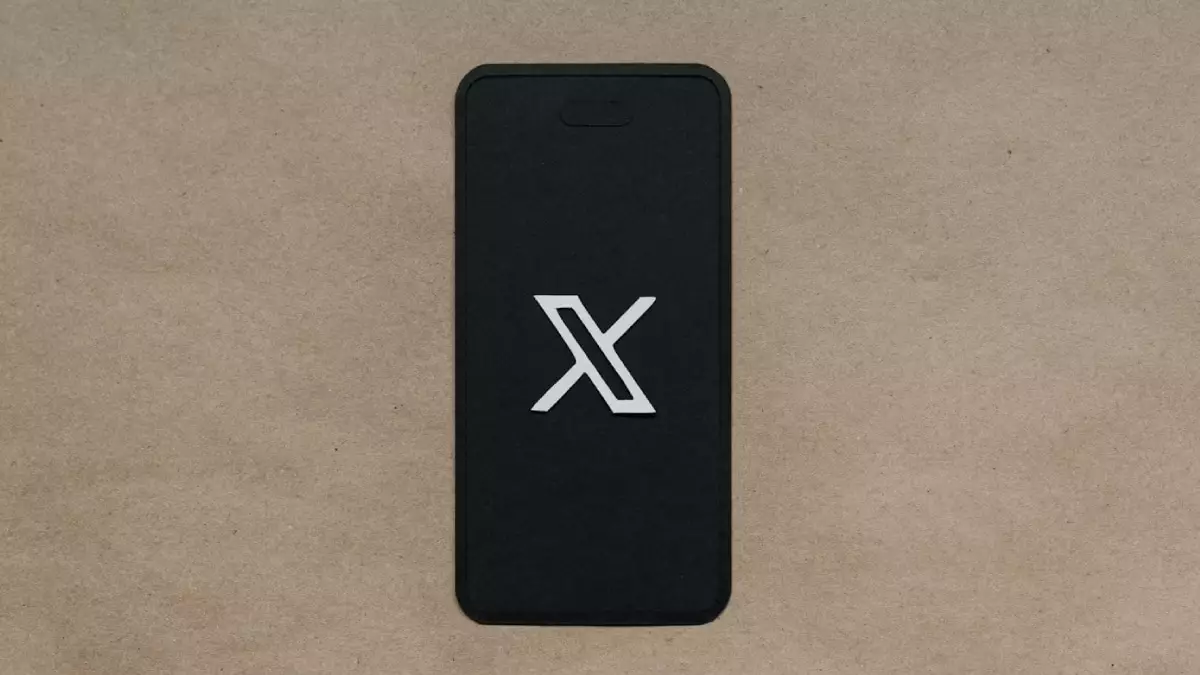On a defining Tuesday, Elon Musk’s X, the platform formerly recognized as Twitter, released the much-anticipated X Money. This innovative digital wallet and payments service is poised to reshape the landscape of peer-to-peer (P2P) payment solutions. By facilitating effortless transfers between users, X Money aims to carve its niche in a competitive market dominated by established players like Cash App, Venmo, and Zelle. Musk’s vision of transforming X into a multifaceted “everything app,” akin to China’s WeChat, is a key driver of this new initiative.
X Money allows users to deposit funds from their bank accounts into a digital wallet, which can then be utilized for P2P transactions on the platform. CEO Linda Yaccarino iterated that this service will function seamlessly with payments firm Visa, enabling instant fund transfers into the ‘X Wallet’ via Visa Direct. Notably, users will also have the flexibility to link their debit cards directly to their accounts for additional convenience, enhancing the user experience while making transactions quicker and smoother.
The platform signifies a major shift in digital financial behavior. With traditional banking systems often viewed as cumbersome and time-consuming, X Money represents an attempt to streamline digital transactions, fostering greater interaction and engagement among users within the X ecosystem. However, while the technological framework appears promising, the service’s real-world uptake will depend largely on execution and user adoption rates.
In a landscape already populated by numerous digital wallets and payment apps, X Money’s entry raises questions about its unique value proposition. While its capabilities might mirror those of existing solutions, the integration of these features into a broader social media platform could distinguish X Money from competitors. By engaging with users where they already spend their time on social media, Musk’s platform might encourage more frequent use of financial services in a familiar environment.
Despite this potential, X Money faces considerable challenges. The digital payments landscape is saturated with apps that have secured user trust and established user bases. It will be crucial for X Money to offer incentives or distinctive features to sway users away from their current preferred applications. Musk’s prior ventures, particularly in the realm of innovative solutions, do often provoke curiosity and loyalty, but will they suffice in the face of entrenched competitors?
Compliance and Regulatory Hurdles
One of the critical aspects surrounding the launch of X Money has been the adherence to regulatory requirements. Musk indicated that the platform had to navigate a complex web of licenses to function legally as a money transmitter in the US. As of now, X has secured licenses from 41 states and is registered as a Money Service Business (MSB) with the Financial Crimes Enforcement Network (FinCEN). This compliance context underscores the importance of regulatory alignment as Musk’s initiative progresses, as it lays the groundwork for trust and stability for users.
Nevertheless, ongoing scrutiny relates to security and privacy will persist, particularly with stringent regulations overseeing financial services. With data breaches and security threats being prevalent in the digital space, X Money must prioritize robust security measures to alleviate user concerns regarding their financial information.
The Future Path of X Money
The anticipation surrounding X Money’s rollout reflects the broader excitement about digital evolution in financial services. Musk’s long-standing ambition to establish a payments platform since his days with X.com is set to culminate if X Money launches successfully. Projected to launch later this year, how effectively Musk capitalizes on this market opportunity will be pivotal.
X Money represents not just a new player in the digital payment arena, but also a bold initiative by Elon Musk to integrate financial services into a comprehensive user experience on a social media platform. Whether X Money can successfully distinguish itself in a competitive landscape while adhering to regulatory demands will determine its impact on the future of digital payments.

